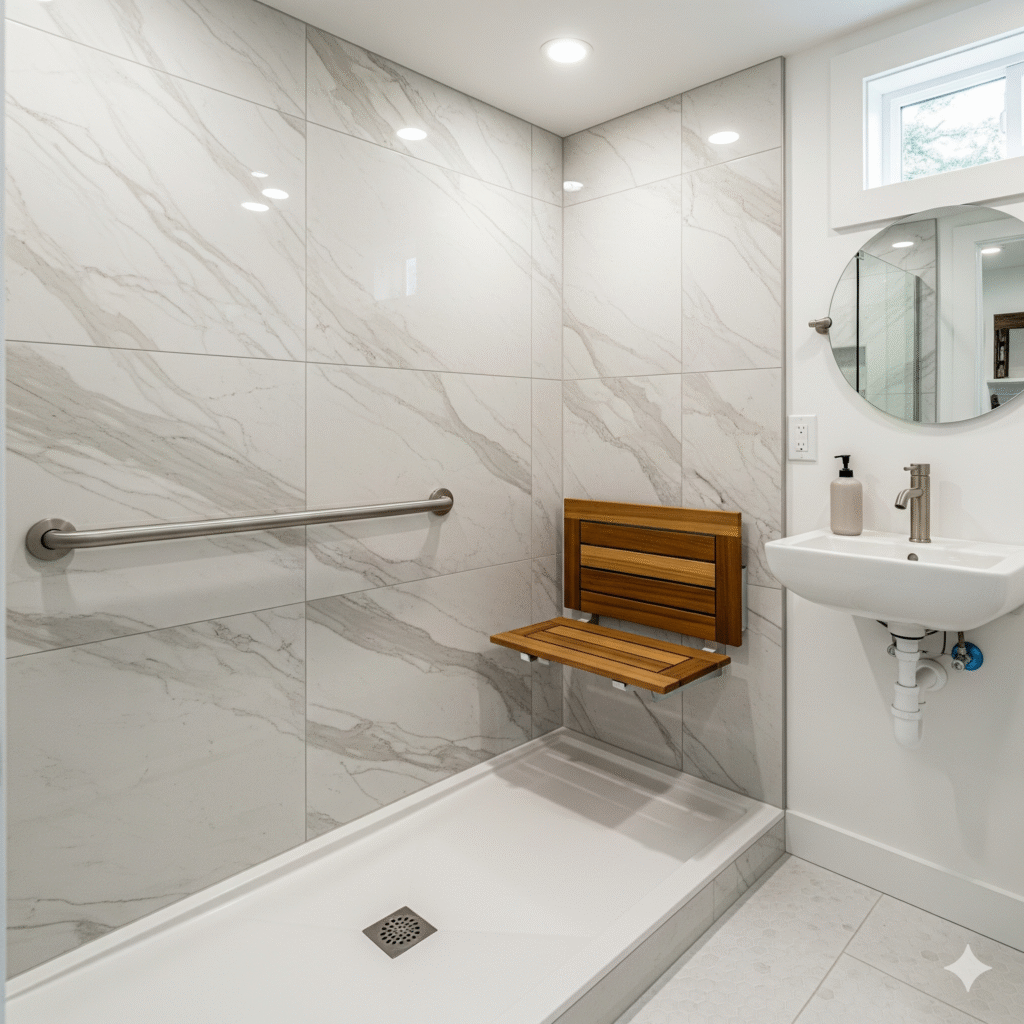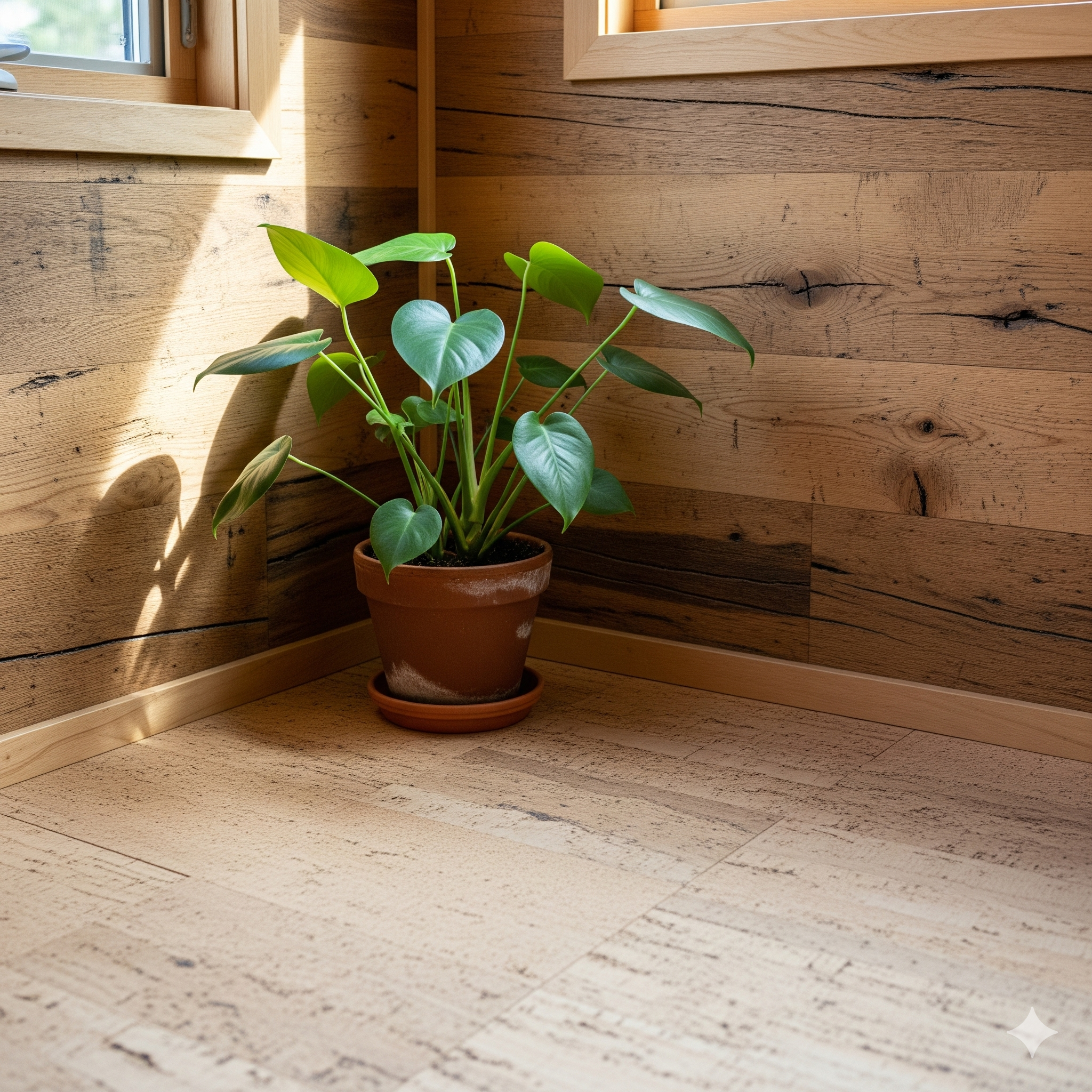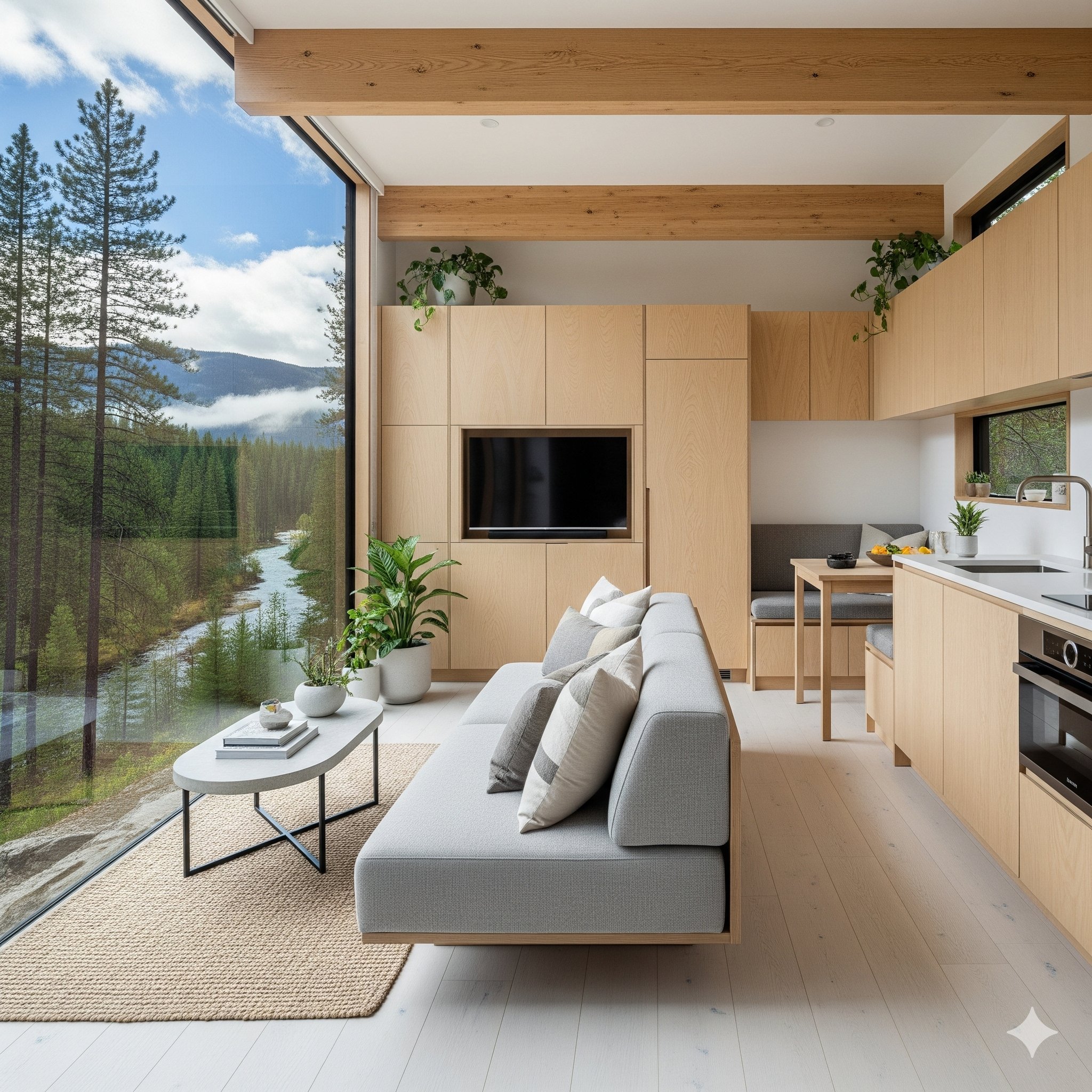Tiny Homes for Seniors: Guide
Discover the benefits of tiny homes for seniors. Our guide covers accessible design, safety features, and smart options for your retirement small house.
The Smart Downsize: Why Tiny Homes for Seniors Are a Big Idea
Retirement is often envisioned as a time for freedom, travel, and pursuing long-held passions. However, for many, it can also be a period burdened by the maintenance and expense of a large family home. This is where the concept of a tiny homes for seniors is emerging as a powerful and practical solution. It’s a movement that redefines downsizing, shifting the focus from a large, empty house to a smaller, smarter, and more manageable home that is designed for the future. It’s about creating a space that supports an active, independent, and financially secure retirement.
At NeatTinyHome.com, we see immense potential in thoughtfully designed small spaces for retirees. A well-planned retirement small house can reduce financial stress, minimize physical chores, and provide the flexibility to live closer to family. This guide, updated for September 2025, will explore the key benefits and, most importantly, the essential design features that make a tiny home not just small, but also safe and accessible for aging in place. From zero-step entries to smart home technology, we will cover the crucial elements that make a tiny home a truly viable and empowering option for your golden years.
The Benefits of a Tiny Retirement
Choosing to move into a tiny home for retirement is a lifestyle choice with profound practical benefits. The most immediate and impactful advantage is financial. Selling a larger family home can unlock significant equity, providing a nest egg for travel, healthcare, and hobbies. As detailed by financial planning experts like Fidelity, downsizing is a key strategy for managing a retirement budget. A retirement small house comes with dramatically lower utility bills, property taxes, and insurance costs. The second major benefit is the reduction of physical labor. Fewer rooms mean far less time and energy spent on cleaning, and a smaller yard (or none at all) eliminates strenuous upkeep. This frees up valuable time and reduces the physical strain associated with maintaining a large property. Finally, the flexibility of a tiny home is a huge draw. Many seniors are placing tiny homes as Accessory Dwelling Units (ADUs) in their children’s backyards, allowing them to be close to family and grandchildren while still maintaining their own privacy and independence.
Essential Design Features for Aging in Place
For tiny homes for seniors, accessible design isn’t a luxury; it’s a necessity. The goal is to create a home that remains safe and functional for years to come, accommodating any potential changes in mobility. This concept, often called “universal design,” involves creating environments that are usable by all people to the greatest extent possible. The National Association of Home Builders even offers specialized certifications for this. The most critical design choice is to opt for a single-story layout to completely eliminate the need for stairs or ladders, which are a major fall hazard. From there, every detail should be considered through the lens of safety and ease of use. You can even find builders who specialize in this niche, like Wheel Pad, which creates accessible modular homes. The table below outlines the most important accessible design features to include.
| Feature Area | Standard Design | Senior-Friendly Design | Benefit |
|---|---|---|---|
| Entryway | Standard steps | Ramp or zero-step entry | Prevents falls, allows walker/wheelchair access |
| Layout | Lofts, multiple levels | Single-story, open-plan | Eliminates the need to climb stairs |
| Bathroom | Standard tub/shower | Zero-threshold, walk-in shower with bench and grab bars | Greatly reduces the risk of slips and falls |
| Kitchen | Standard height counters | Varied or lower counter heights, pull-out shelves | Reduces strain, allows for seated prep work |
| Doorways/Hallways | 28-32 inches | 36 inches minimum | Accommodates walkers and wheelchairs |
Smart Technology for Safety and Comfort
Modern technology offers incredible tools to enhance safety and comfort in a retirement small house. A smart home system can be customized to make daily life easier and provide peace of mind for both the resident and their family. Voice-activated assistants can control lights, thermostats, and even entertainment systems, minimizing the need to fumble with small switches or buttons. Smart lighting can be programmed to turn on gradually in the morning or illuminate a path to the bathroom at night. For security, video doorbells allow residents to see who is at the door without having to get up, and automated medical alert systems can provide a direct line to emergency services. This focus on “aging in place” with dignity and independence is a core mission for organizations like the AARP, which provides extensive resources on the topic. In the bathroom and other key areas, installing high-quality, properly secured grab bars is one of the simplest and most effective safety upgrades you can make, with a wide variety available at retailers like The Home Depot.
Final Thoughts: A Small Home for a Grand Retirement
The decision to move into a tiny home for retirement is a proactive choice for a simpler, safer, and more financially secure future. By prioritizing accessible, single-story design and thoughtfully integrating modern technology, a tiny homes for seniors can be the perfect vessel for a vibrant and independent life. It’s a testament to the idea that our homes should adapt to our needs at every stage of life, providing a foundation of comfort and security. A retirement small house isn’t about shrinking your world; it’s about expanding your freedom.
What is Your Ideal Retirement?
What do you think is the most important feature in a tiny homes for seniors? Is it the financial freedom, the low maintenance, or the ability to live near family? Share your thoughts in the comments!
Frequently Asked Questions
Are tiny homes on wheels a good option for seniors?
They can be, but there are extra considerations. A THOW must be designed without a loft, featuring a ground-floor bedroom. The constant need to navigate steps or a ramp to get in and out can also be a challenge for some. Generally, a tiny home on a permanent foundation with a zero-step entry is considered a more stable and accessible long-term option.
What is a “zero-threshold” shower?
A zero-threshold, or “curbless,” shower is a walk-in shower that has no curb or lip at the entrance, so the floor of the shower is flush with the floor of the bathroom. This design eliminates a major trip hazard and allows for easy roll-in access for a walker or wheelchair.
How does a tiny home ADU work?
An Accessory Dwelling Unit (ADU) is a secondary home on a property with a main house. For seniors, this often means placing a small, accessible tiny home in the backyard of an adult child’s property. This arrangement keeps family close for support while allowing the senior to maintain their own independent living space.





Post Comment